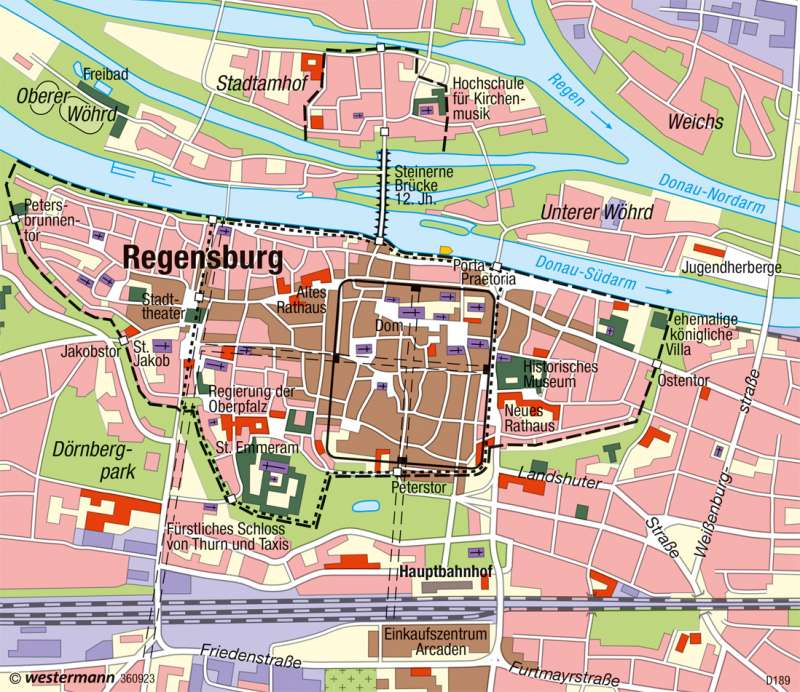Zardnaar
Legend
Are you familiar with the Byzantine theme system?
Basically put tge defebcevof each region in the hands of the locals. Downside independent generals type things and not wanting to help the next theme over.
My thoughts for defebd8bg the frontier in D^D world is more basic defenses (trenches. Basic wooden forts) and light infantry and ranged troops.
Depends how common magic is though. Or the monsters that can burrow, fly, telephoto that obsolete keeps.
Basically put tge defebcevof each region in the hands of the locals. Downside independent generals type things and not wanting to help the next theme over.
My thoughts for defebd8bg the frontier in D^D world is more basic defenses (trenches. Basic wooden forts) and light infantry and ranged troops.
Depends how common magic is though. Or the monsters that can burrow, fly, telephoto that obsolete keeps.




